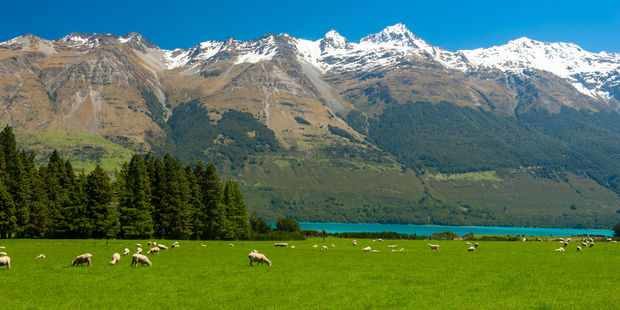Lead scientist Professor Rupert Sutherland, from Victoria University, says the extreme activity was unexpected.
"Nobody on our team, or any of the scientists who reviewed our plans, predicted that it would be so hot down there," he said.He said it was too early to say how big or how hot the resource might be.
"This geothermal activity may sound alarming, but it is a wonderful scientific finding that could be commercially very significant for New Zealand."
The Deep Fault Drilling Project - led by Victoria and Otago universities and GNS Science - was carried out in Westland, north of Franz Josef Glacier, in 2014.
More than 100 scientists from 12 countries drilled nearly 900m at Whataroa to try to understand how earthquakes occur in geological faults.
The results, published in the journal Nature, discuss the site's geothermal gradient - a measure of how fast the temperature increases going deeper beneath the Earth's surface.
The team found water hot enough to boil at a depth of 630m. Similar geothermal temperatures are normally found at depths greater than 3km.
Sutherland said the conditions were extreme by global standards and comparable to those in major volcanic centres like Taupo - but there are no volcanoes in Westland.
He said the geothermal environment was created by a combination of tectonic movement and groundwater flow.
Co-leader Professor John Townend, also from Victoria, said the project overall fell short of achieving all its technical goals because of the engineering challenges.
However, he said many scientific measurements were made and the borehole continued to provide interesting data.
AAP




Reader Comments
to our Newsletter